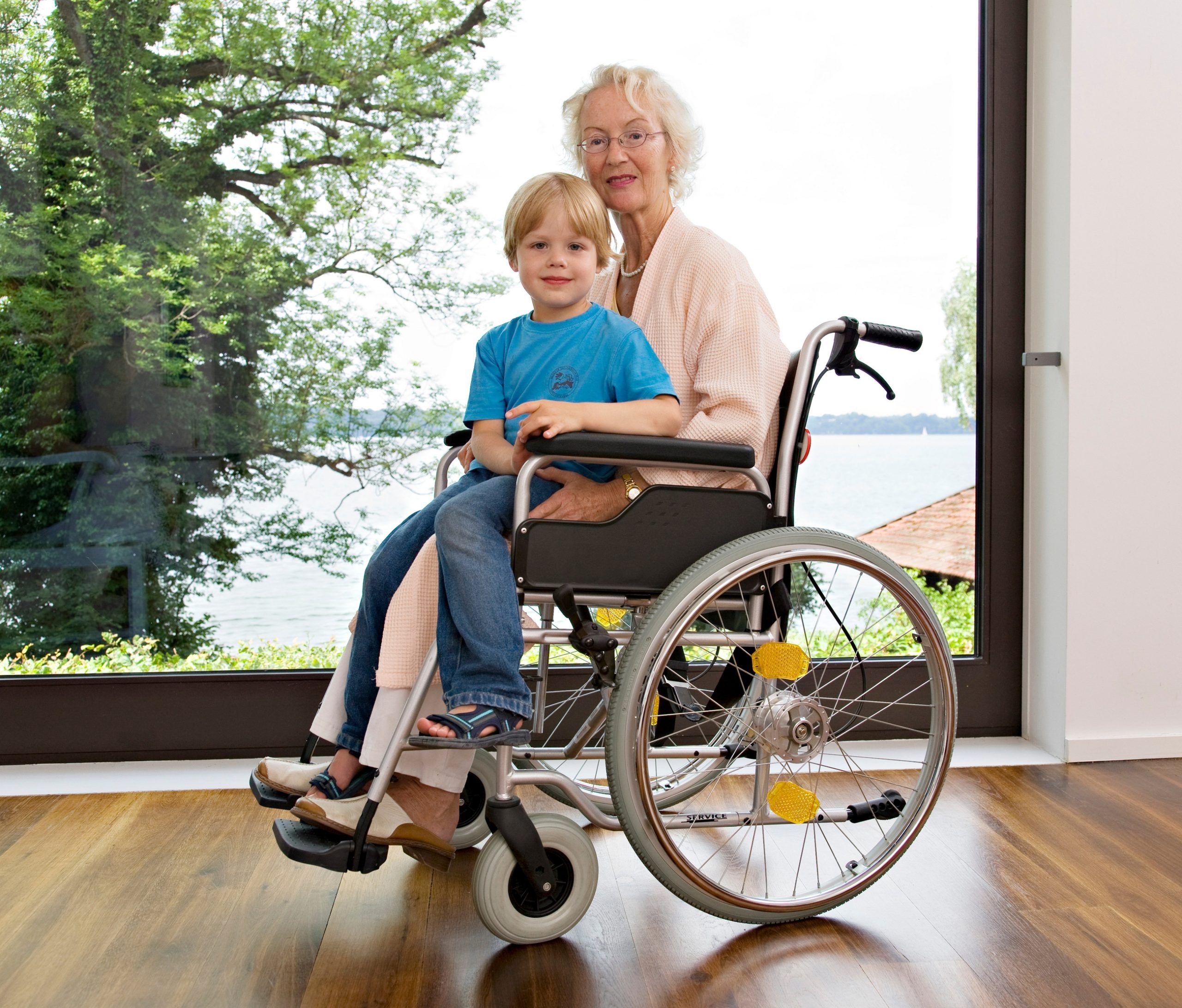The bathroom can be a hazardous place, especially for seniors with limited mobility. Every year, countless seniors become the victims of falls and slips – many of which occur in their own bathrooms. As we age, tasks that we once performed with ease, such as walking into the shower or getting up from the toilet, can become fraught with risk. However, there are plenty of ways to make the bathroom a safer place for the elderly, reducing the chance of accidents and promoting independent living. In this article, we provide essential tips to help seniors with mobility issues navigate the bathroom safely.
Adapting the Bathroom for Safety
Before anything else, it is crucial to evaluate the current state of your bathroom. Does it cater to the specific needs of the elderly? Is it equipped with features that ensure safety? If not, it’s high time to adapt your bathroom to accommodate seniors with limited mobility.
Also to read : How Can Senior Runners Prevent Injury and Stay Active?
Installing Grab Bars
One of the most effective ways to enhance bathroom safety is through the installation of grab bars. Often underrated, these tools offer support and stability for seniors, especially when they are moving around slippery surfaces. Place them strategically near the toilet, bathtub, and shower area to help seniors maintain balance and prevent falls.
Also to read : What Are the Most Suitable Smartphone Apps for Seniors to Monitor Their Health?
Non-Slip Surfaces
The bathroom floor, especially when wet, can pose a significant slip risk. Therefore, it is advisable to install non-slip mats both in the tub or shower area and right outside it. Securely fastened rugs can also be used to provide additional traction on the bathroom floor.
Walk-In Showers and Tubs
Walk-in showers and tubs are another excellent adaptation for the bathroom. They are designed with a door that allows seniors to walk into the shower or tub without having to step over a high ledge. This significantly reduces the risk of slips and falls when entering or exiting.
The Role of Caregivers in Ensuring Bathroom Safety
Caregivers play an integral part in ensuring the safety of seniors in the bathroom. By staying vigilant and proactive, caregivers can help prevent accidents and provide assistance when needed.
Assistance with Bathing
Sometimes, seniors may need help with showering or bathing. As a caregiver, you should be ready to assist while also respecting their need for privacy. Use this opportunity to check the bathroom for any potential hazards and remove them promptly.
Emergency Response Plan
In case of an accident, caregivers should have an emergency response plan in place. This includes keeping a phone within reach, knowing the location of the nearest medical facility, and being trained in basic first aid and CPR.
Good Practices for Seniors in the Bathroom
While adapting the bathroom and having a vigilant caregiver are crucial, it is equally important for seniors themselves to follow certain safety practices.
Avoid Rushing
Seniors should never rush their bathroom routines. Whether it’s getting off the toilet, stepping out of the shower, or simply walking across the room, it’s always safer to take things slow.
Use Assistive Devices
There are numerous assistive devices available to help seniors in the bathroom. These include shower chairs, toilet risers, and handheld showerheads. These devices can tremendously aid in maintaining balance and preventing falls.
How Technology Can Aid in Bathroom Safety
Technology has advanced in leaps and bounds over the years and now offers numerous solutions to enhance bathroom safety for seniors.
Medical Alert Systems
Medical alert systems can be a real lifesaver in an emergency. By pressing a button, seniors can call for help without needing to reach a phone. Some systems even come with fall-detection technology, which automatically sends an alert when a fall is detected.
Motion-Sensor Lights
Installing motion-sensor lights in the bathroom can be beneficial. These lights automatically turn on when movement is detected, ensuring that the bathroom is always adequately lit, thus reducing the risk of accidents due to poor lighting.
In essence, creating a safe bathroom environment for seniors with limited mobility does not have to be a daunting task. With a few thoughtful modifications, the right assistance, and good practices, you can significantly reduce the risk of falls and slips, thereby ensuring the safety and well-being of your elderly loved ones.
The Importance of Regular Maintenance for Bathroom Safety
Regular maintenance of the bathroom is a crucial yet often overlooked aspect of bathroom safety for seniors. Ensuring that all safety features are functioning correctly and that the bathroom remains clean and dry can greatly minimize the risk of accidents.
Check and Replace Grab Bars Regularly
Grab bars, as previously mentioned, offer significant support for older adults with limited mobility. However, their effectiveness may be compromised if they are not regularly checked and replaced. Over time, grab bars can become loose or worn out, leading to a higher risk of falls. As such, it is crucial to inspect these bars every few months and replace them as needed.
Cleanliness and Dryness
A clean and dry bathroom is a safer bathroom. Regular cleaning reduces the risk of slips on wet floors or soap spills. Furthermore, growth of mold and mildew, common in damp bathrooms, can cause health issues for seniors. Hence, maintaining cleanliness and dryness in the bathroom is paramount. Use absorbent bath mats to dry the floor quickly and clean the bathroom regularly to keep it safe for use.
Aiding Bathroom Safety Through Ideal Bathroom Layout
An ideal bathroom layout for seniors minimizes the risk of accidents by making it easier to move around. Such a layout considers the distance between different areas, the available space, and the placement of safety features.
Accessible Toilet Seat
Having a raised toilet seat can make it easier for seniors to sit down and stand up from the toilet. It reduces the risk of falls considerably. Additionally, having the toilet paper holder within easy reach can also aid in maintaining balance.
Strategically Placed Shower Chair
A shower chair allows seniors to sit while they shower, reducing fatigue and the risk of slipping. Proper placement of the shower chair can make a big difference. It should be placed where seniors can easily reach the handheld showerhead and other bathing essentials without stretching or moving too much.
Proper Spacing
To facilitate easy movement for seniors, the bathroom should not be cluttered. There should be enough space between the bath, toilet, and sink to allow for easy navigation.
Conclusion
Promoting bathroom safety for seniors with limited mobility is a multifaceted approach that involves adapting the bathroom setting, caregiver vigilance, fostering good practices, utilizing technology, regular maintenance, and an ideal bathroom layout.
From installing grab bars and non-slip mats to employing medical alert systems and motion-sensor lights, every step contributes to a safer environment. It’s an ongoing process that requires attention to detail and the willingness to adjust as needed. Remember, the goal is not just about preventing accidents – it’s also about enabling seniors to retain their independence and dignity in their golden years. With careful planning and thoughtful adaptations, we can reduce the risk significantly and ensure the well-being of our elderly loved ones.











